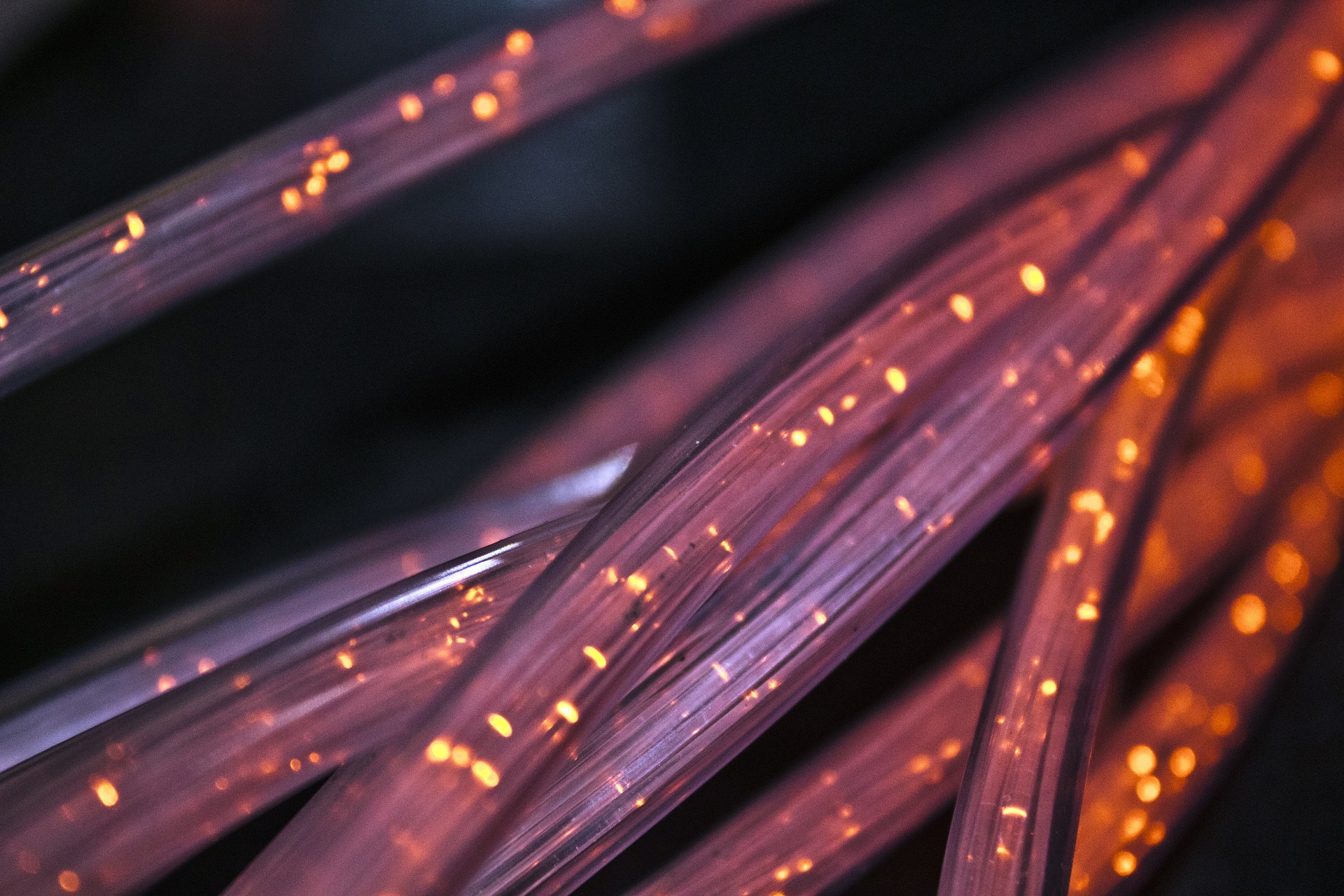Unmasking the Potential of E-Ink: The Future of Low-Power Displays
In a world where high-resolution, vibrant color displays dominate, there's a technology that's quietly making waves in the background. E-Ink, or electronic ink, is a type of low-power display technology that's been around for a while but is now finding new applications and gaining popularity. This article delves into the history, current developments, and future potential of E-Ink technology.

The Genesis of E-Ink
E-Ink technology was first developed in the 1970s at the Xerox Palo Alto Research Center. The idea was to create a display that mimicked the appearance of ink on paper, providing a comfortable reading experience without the glare and eye strain associated with traditional backlit displays. The first commercial E-Ink display was released in 1997, but it wasn’t until the launch of the Amazon Kindle in 2007 that E-Ink really took off.
E-Ink in the Present Day
Today, E-Ink is most commonly associated with e-readers like the Kindle, but its applications have expanded far beyond that. E-Ink displays are now used in smartwatches, digital signage, and even smartphones. The appeal of E-Ink lies in its low power consumption - because it only uses power when the display is changed, devices with E-Ink displays can last weeks or even months on a single charge.
The Future of E-Ink
The future of E-Ink looks promising, with several exciting developments on the horizon. One of the most anticipated is the advent of color E-Ink displays. While early attempts at color E-Ink were lackluster, recent advancements have led to displays with richer, more vibrant colors. Another area of development is in flexible E-Ink displays, which could be used in foldable devices or even integrated into clothing.
E-Ink’s Market Impact and Price Range
E-Ink’s market impact is significant, particularly in the e-reader sector where it holds a dominant position. The technology’s low power consumption and comfortable reading experience have made it the display of choice for most e-readers. In terms of price, E-Ink displays are generally more expensive to produce than LCD or OLED displays, but this cost is offset by the longer battery life and durability of E-Ink devices.
Conclusion
E-Ink may not have the flashiness of OLED or the high resolution of modern LCDs, but its unique properties make it a valuable player in the display technology market. With ongoing advancements in color and flexibility, E-Ink is poised to make a significant impact in the tech world. It’s a reminder that sometimes, the most impactful technologies are those that quietly improve our lives in the background.





